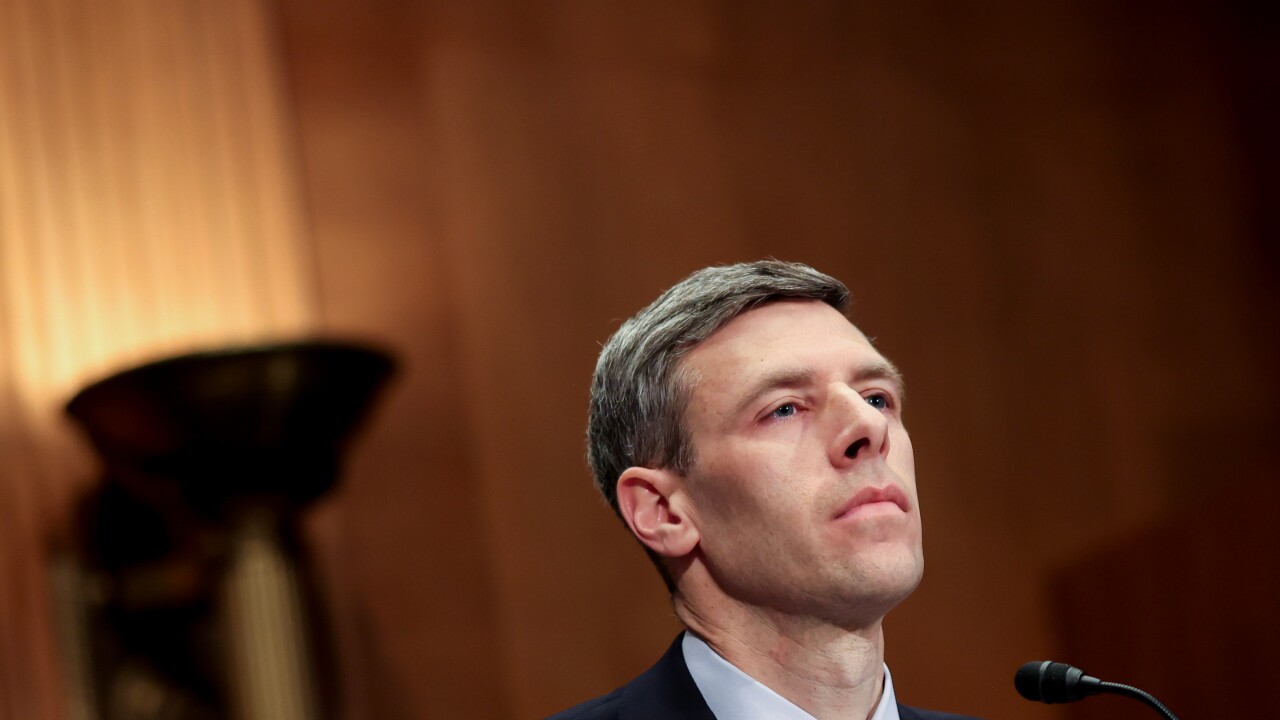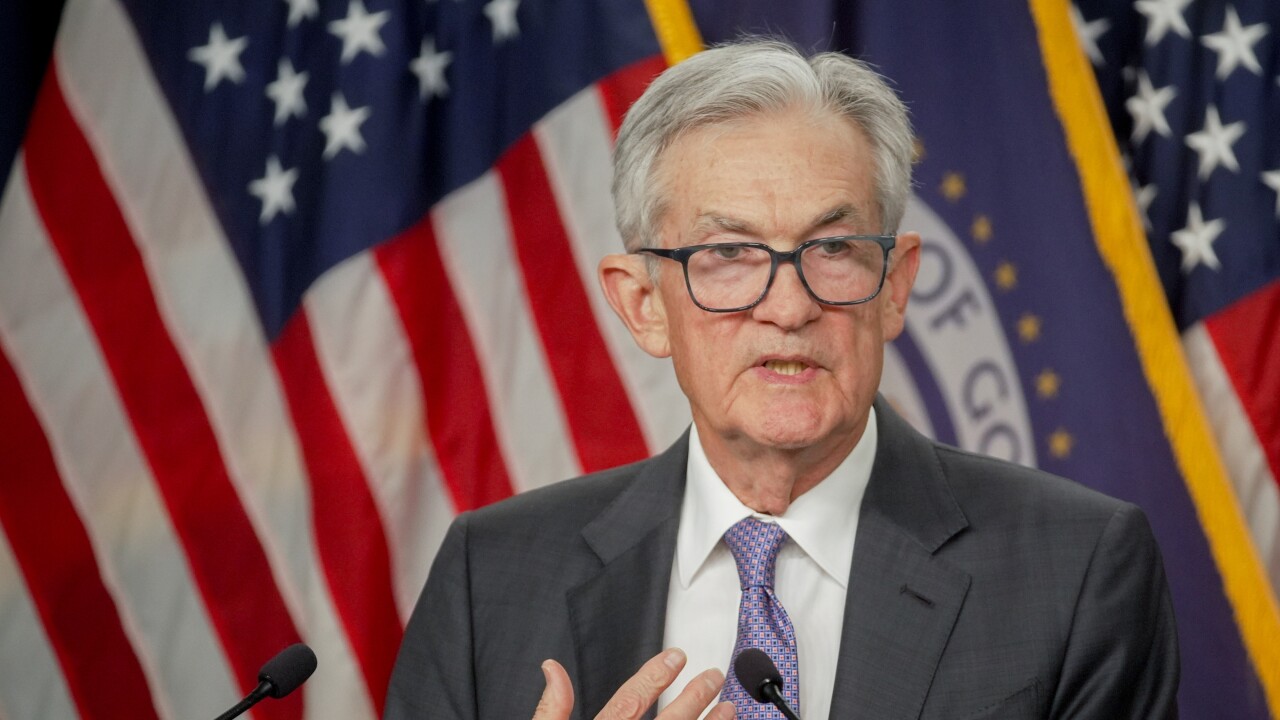Consumers may earn rewards, discounts and comparative pricing based on their purchase histories under a statement-based program BillShrink Inc. launched earlier this month.
StatementRewards is a Web-based transaction-identification program financial institutions and card companies may integrate into their online billing systems, Schwark Satyavolu, co-founder and CEO of the Redwood City, Calif.-based money-saving service provider, tells PaymentsSource.
Financial institutions and card companies would benefit because the product “drives spend on credit and debit instruments,” Satyavolu says. The service also may help banks increase business because some consumers may switch institutions to reap the program’s benefits, he adds.
BillShrink is in discussions with several financial institutions, which the company declined to name.
Once a bank or card company launches the service, consumers may begin using it immediately when they log in to their online-banking service, Satyavolu says.
When viewing their bank or card statement online, consumers may activate rewards based on a customized analysis of their monthly transactions, Satyavolu explains. For example, the service may recommend less-costly gas stations based on fuel purchases, or it may trigger a $25 gift card after noting four purchases during the month at a coffee shop, he says.
To identify potential savings on specific purchases such as phone bills and fuel, consumers “will see an icon next to each purchase,” Satyavolu says. Consumers click on the icon, which then shows a list of pricing comparisons for the applicable products or services.
Depending on their interests, consumers may pick which rewards or comparisons they wish to receive, Satyavolu notes.
To redeem a reward, consumers receive a barcode to print out when they click on the icon noted in their online bank account. Consumers also may send the barcode to their mobile phone for use at merchants able to read them for contactless payments, Satyavolu says. The barcode technology will work on the Apple Inc. iPhone, the Google Inc. Android and Research in Motion Ltd.’s Blackberry phones.
Because the rewards post immediately, some merchants may send a consumer a text message at the point of sale offering a coupon or reward because they made their third purchase of the month, Satyavolu says as an example.
BillShrink anticipates most participants to offer the service for free, but each bank or card company will determine its own pricing, Satyavolu adds. BillShrink charges banks and card companies a licensing fee to use the product based on the size of their size and the amount of detail they want in the service, he says.
Participating merchants may pay a base fee depending on which rewards tier they choose, Satyavolu says. The basic tier, which includes basic targeting and reporting features, is free. However, if merchants want advanced targeting and reporting, they will pay a fee based in transaction volume.
The reporting component enables merchants to see how many customers they have and how much they spend. The reporting function also enables merchants to see the effectiveness of each rewards campaign, Satyavolu notes.
A statement-rewards service may do well in the payments industry, as many “rewards programs are in a state of flux because of the recent legislation regarding debit interchange,” Brian Riley, research director for bank cards at TowerGroup, tells PaymentsSource. BillShrink “is just another way to reward consumers and for merchants to increase loyalty,” he adds.
If banks charge a monthly fee, however, “I’m not sure it would be worth it for the consumer,” Riley says. Rewards programs need to stand on their own to compete with other programs ties to a card, such as American Express, he says.
So the rewards and benefits should be “pretty compelling” for consumers to either switch banks or to stop using cards tied to a specific rewards program, Riley contends. Moreover, they should be compelling for merchants because most merchants already put money into their own rewards or loyalty programs, he adds.
Despite the challenges BillShrink may face because of other “well-engineered programs, it does have potential,” Riley notes. “BillShrink just has to find the right niche of banks and financial institutions interested in using a third-party rewards program,” he says.
What do you think about this? Send us your feedback.





